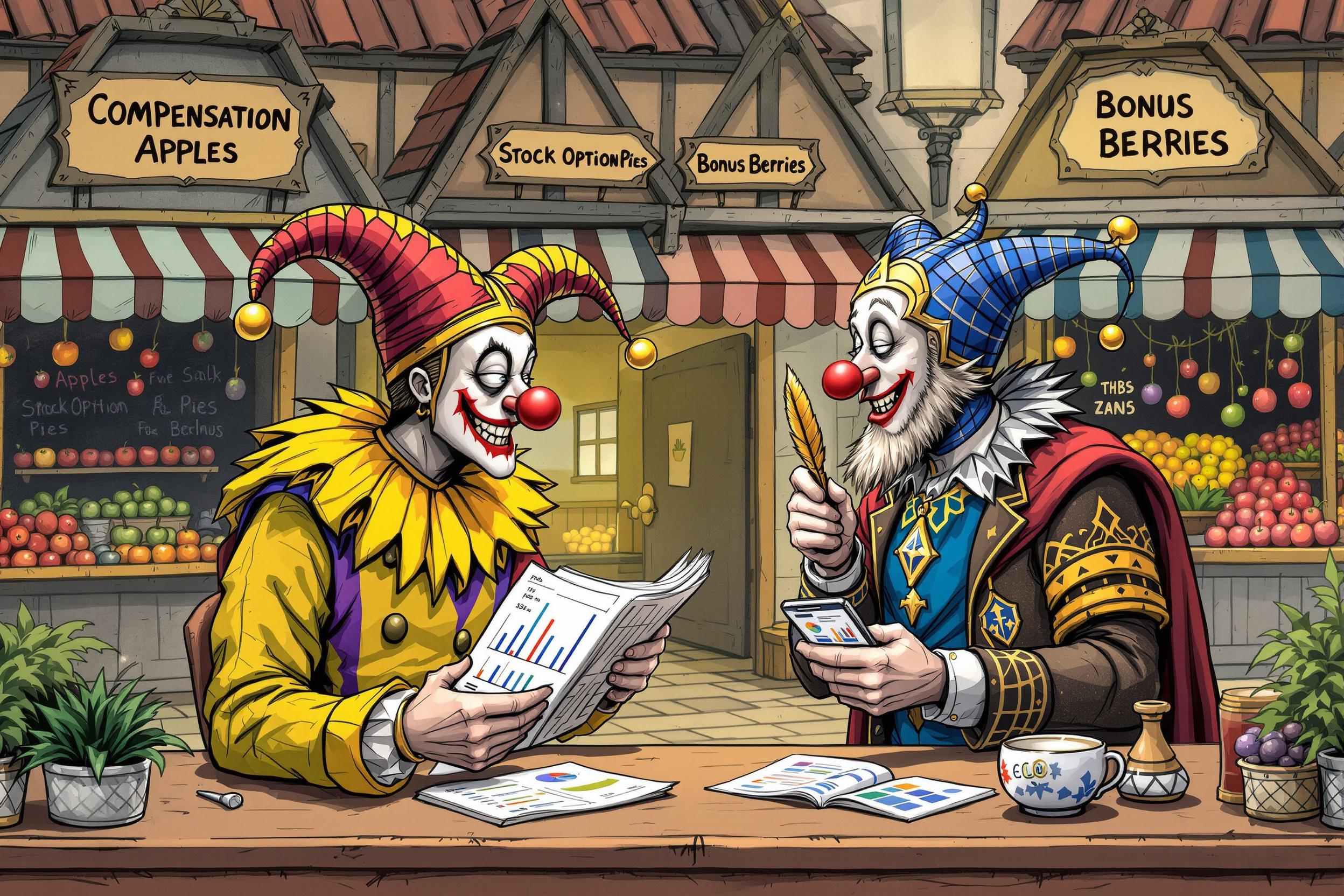
Pleat
A pleat is a type of fold made in fabric that creates controlled fullness in garments. It's a fundamental technique in clothing construction and design that allows fabric to expand and contract while maintaining a structured appearance. Tailors and seamstresses use pleats to add shape, movement, and decorative elements to clothing items like skirts, dresses, and trousers. The skill of creating and working with pleats is essential in both traditional tailoring and modern fashion design. Different styles include box pleats, knife pleats, and accordion pleats, each serving specific functional and aesthetic purposes.
Examples in Resumes
Specialized in creating intricate Pleat designs for high-end wedding gowns
Mastered multiple Pleat techniques including knife, box, and accordion Pleats
Trained junior staff in proper Pleating methods for formal wear
Typical job title: "Pleating Specialists"
Also try searching for:
Where to Find Pleating Specialists
Professional Organizations
Online Communities
Industry Resources
Example Interview Questions
Senior Level Questions
Q: How would you approach creating a complex pleated evening gown design?
Expected Answer: A senior pleating specialist should discuss fabric selection, planning the pleat placement, calculating fabric requirements, and managing the construction process while ensuring quality and meeting client specifications.
Q: How do you handle difficult fabric types when creating pleats?
Expected Answer: Should demonstrate knowledge of different fabric behaviors, appropriate techniques for various materials, and problem-solving methods for challenging fabrics like silk or synthetic materials.
Mid Level Questions
Q: What are the different types of pleats and when would you use each?
Expected Answer: Should be able to explain various pleat styles (knife, box, inverted, accordion) and their appropriate applications in different garments and designs.
Q: How do you ensure pleats remain crisp and maintain their shape?
Expected Answer: Should discuss proper pressing techniques, fabric treatment methods, and maintenance procedures for different types of pleated garments.
Junior Level Questions
Q: Can you explain the basic process of creating a knife pleat?
Expected Answer: Should be able to describe measuring, marking, folding, and pressing steps for creating basic knife pleats in fabric.
Q: What tools are essential for pleating work?
Expected Answer: Should identify basic tools like measuring tape, marking tools, pressing equipment, and explain their use in pleating work.
Experience Level Indicators
Junior (0-2 years)
- Basic pleat construction
- Simple garment alterations
- Understanding of common fabric types
- Basic pressing techniques
Mid (2-5 years)
- Multiple pleating techniques
- Pattern modification
- Advanced pressing methods
- Fabric behavior knowledge
Senior (5+ years)
- Complex pleat design creation
- Custom garment construction
- Training and supervision
- Quality control expertise
Red Flags to Watch For
- Inability to identify basic pleat types
- Lack of experience with different fabric types
- Poor understanding of garment construction basics
- No knowledge of proper pressing techniques
Need more hiring wisdom? Check these out...

The Hidden Art of Salary Negotiation: How to Win Hearts Without Going Broke

Refining Job Descriptions to Expand Applicant Pools: Casting a Wider Talent Net

Recruitment in the Fast Lane: How to Adapt Hiring Practices in the Blink of an Eye

